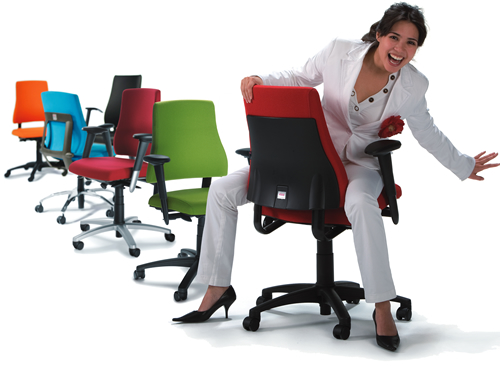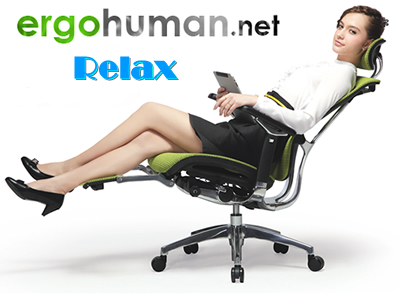A footrest (or foot stand) complements one’s position, when everything else in the ergonomic environment is in order.
So, the ergonomic office chair has been adjusted to meet your needs: this means your weight, height, leg length, shoulder to elbow distance, and lumbar support positioning have all been addressed. Your lower arms meet your desk or keyboard at a horizontal angle and your feet are now supposed to be placed firmly on the ground. If the mathematics isn’t holding up, then a footrest can now make the numbers tally.
No longer like the footstool that Grandma used to rest her slippers on, today’s ergonomic footrest addresses the working position, adding support and control to one’s working posture during the day. And the moquette finish seems to be out too, as ergonomic footrests need to be hard-wearing, for the rigours of the working day.
For example, look at the FR11 footrest. It has a sturdy and easily adjustable frame which, when set to your needs, can take the pressure off your upper legs, alleviating sluggish circulation. This model also includes non-slip o-rings, which ensure that the footrest remains firmly at its position.
A plainer design, the sturdy We Do Trittboy footrest does what it sets out to do. The ribbed foot support ensures a firm grip and its rubber feet both stop it from slipping and protect the floor.
The HAG FR2 Quickstep has a rounded and therefore rocking base, which means you’ll be encouraging blood circulation and exercising your ankles and feet, while working. This footrest is lightweight and, when in use, feels very comfortable indeed.
If you’re looking for height adjustment, the Plum FR3 footrest has five front and three back adjustments within its all-steel construction. This functional footplate is covered in non-slip rubber, a strong material which can take some wear and tear.
It’s good that there is choice but, whichever you choose, there’s something psychologically comforting about a footrest too, which is bound to rub off on how you manage your day.


